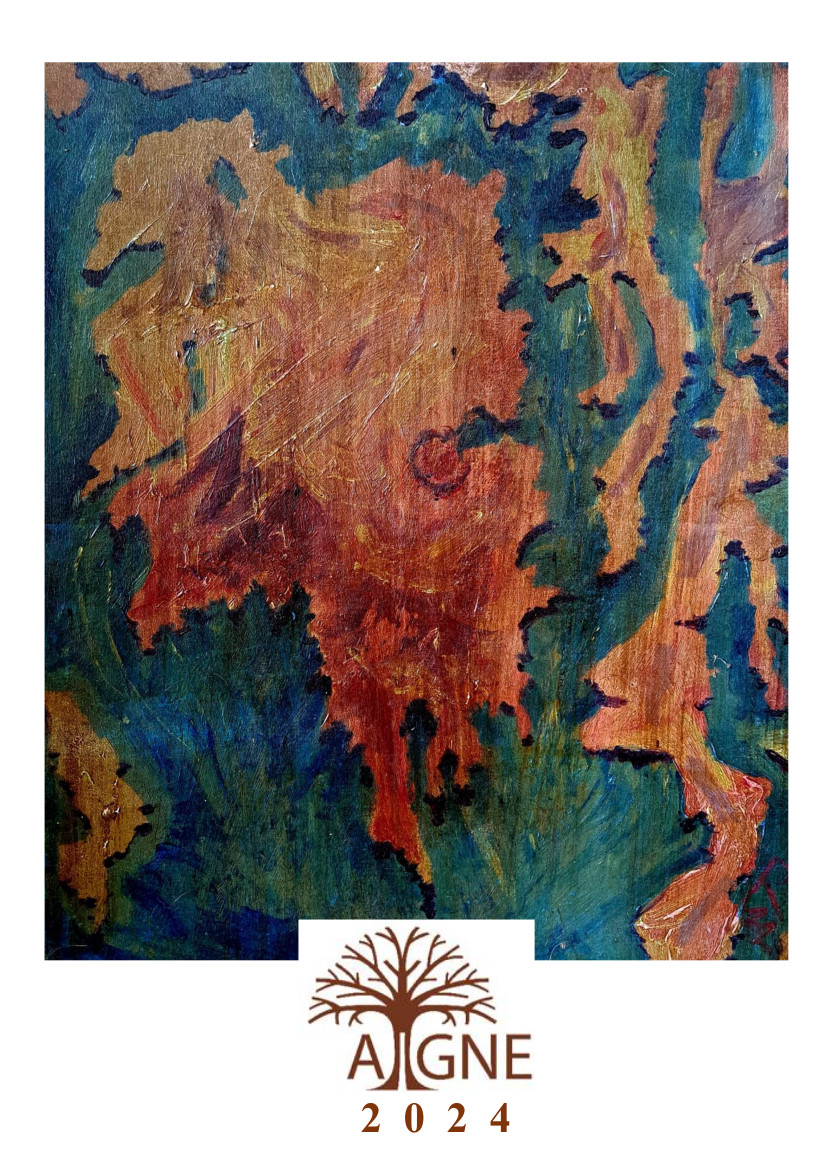Encounters with the Past through Melodrama
Ireland’s Magdalene Laundries on Screen
DOI:
https://doi.org/10.33178/aigne.vol10.2Abstract
This article analyses two Magdalene Laundry themed films: The Magdalene Sisters (2002) and Sinners (2002). Both are examples of melodrama, which gives each film a definite structure and imposes certain formal and narrative restrictions. The Magdalene Sisters verges into the territory of the Gothic with its dark and excessive elements. In terms of representing Ireland’s Magdalene Laundries onscreen, it is important to consider whether the use of melodramatic conventions can truly be successful in furthering the discourse around these issues and helping the nation to deal with its traumatic past in a way that is healing for survivors and avoids reoccurrence of these abuses. A presentation of history that can challenge the power of authority is what Nicholas Mirzoeff calls ‘countervisuality’. This article evaluates the countervisual success of both films as valuable visual texts that give viewers an insight into these institutions and the abuses that happened within them. It assesses their ability to challenge the Irish State’s wish to suppress knowledge about the Magdalene Laundries, particularly the State’s own involvement. Magdalene survivors continue to seek recognition from the State for the abuses perpetrated against them, asserting their right to redress and striving to be acknowledged as survivors of wrongful institutional incarceration. Though there are countervisual moments to be witnessed in The Magdalene Sisters and Sinners, the mechanisms of melodrama dilute the intended message of both directors, impacting the potential for extended countervisuality.
Downloads
Published
Issue
Section
License
Copyright (c) 2024 Sandra Costello

This work is licensed under a Creative Commons Attribution-NonCommercial-NoDerivatives 4.0 International License.
For our full Copyright Notice see our Author Guidelines.



